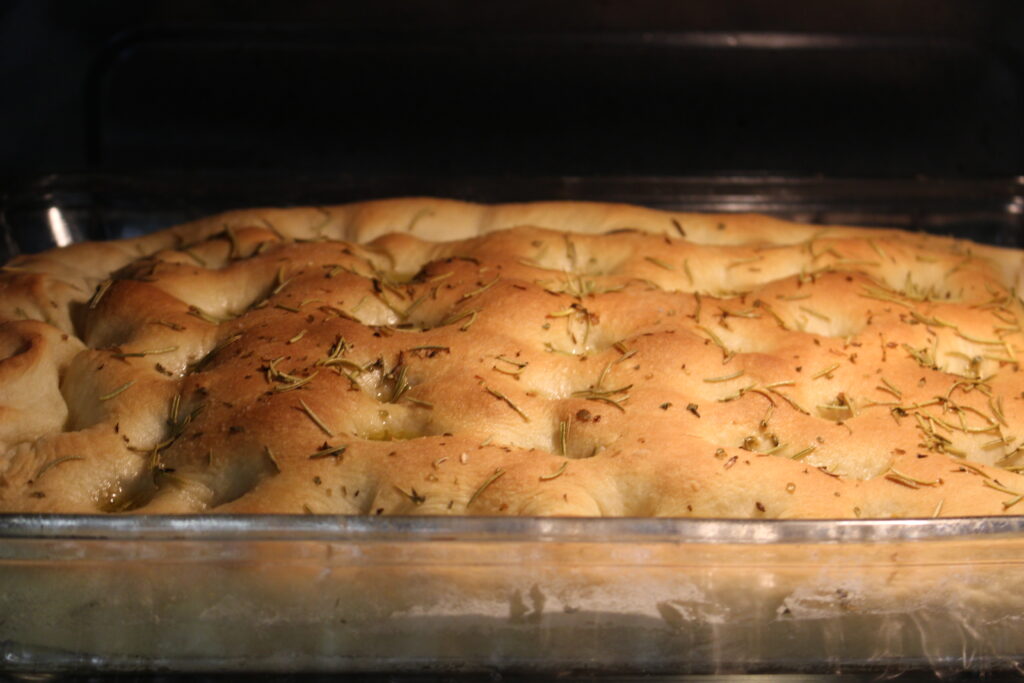Fermentation and Breads
go.ncsu.edu/readext?786715
en Español / em Português
El inglés es el idioma de control de esta página. En la medida en que haya algún conflicto entre la traducción al inglés y la traducción, el inglés prevalece.
Al hacer clic en el enlace de traducción se activa un servicio de traducción gratuito para convertir la página al español. Al igual que con cualquier traducción por Internet, la conversión no es sensible al contexto y puede que no traduzca el texto en su significado original. NC State Extension no garantiza la exactitud del texto traducido. Por favor, tenga en cuenta que algunas aplicaciones y/o servicios pueden no funcionar como se espera cuando se traducen.
Português
Inglês é o idioma de controle desta página. Na medida que haja algum conflito entre o texto original em Inglês e a tradução, o Inglês prevalece.
Ao clicar no link de tradução, um serviço gratuito de tradução será ativado para converter a página para o Português. Como em qualquer tradução pela internet, a conversão não é sensivel ao contexto e pode não ocorrer a tradução para o significado orginal. O serviço de Extensão da Carolina do Norte (NC State Extension) não garante a exatidão do texto traduzido. Por favor, observe que algumas funções ou serviços podem não funcionar como esperado após a tradução.
English
English is the controlling language of this page. To the extent there is any conflict between the English text and the translation, English controls.
Clicking on the translation link activates a free translation service to convert the page to Spanish. As with any Internet translation, the conversion is not context-sensitive and may not translate the text to its original meaning. NC State Extension does not guarantee the accuracy of the translated text. Please note that some applications and/or services may not function as expected when translated.
Collapse ▲When we think of fermenting foods, what comes to mind are things like pickles, yoghurt, or sauerkraut. But did you know that fermentation is an important part of making bread fluffy?
To help many breads rise, yeast is used in the process. Dry yeast is activated in warm water. Once it is active, it needs sugars to feed off, to create a by-product of carbon dioxide. When combined with other ingredients, the dough will rise as the yeast releases a byproduct of carbon dioxide. Check out this delicious recipe for Rosemary Focaccia Bread!

Rosemary Focaccia Bread
Ingredients
1⅓ cup warm water (about 110°F)
2 teaspoons sugar or honey
1 package active-dry yeast
3½ cups all purpose flour
¼ cup extra virgin olive oil
2 teaspoons flaky sea salt
2 sprigs free rosemary
Directions
- Add warm water (about 110°F, which you can measure with a thermometer if you want to be sure it’s the right temp) and sugar to the bowl of a stand mixer with the dough attachment, and stir to combine. Sprinkle the yeast on top of the water. Give the yeast a quick stir to mix it in with the water. Then let it sit for 5-10 minute until the yeast is foamy.
- Set the mixer to low speed, and add gradually flour, olive oil and salt. Increase speed to medium-low, and continue mixing the dough for 5 minutes. (If the dough is too sticky and isn’t pulling away from the sides of the bowl, add in an extra 1/4 cup flour while it is mixing.)
- Remove dough from the mixing bowl, and use your hands to shape it into a ball. Grease the mixing bowl (or a separate bowl) with olive oil or cooking spray, then place the dough ball back in the bowl and cover it with a damp towel. Place in a warm location (I set mine by a sunny window) and let the dough rise for 45-60 minutes, or until it has nearly doubled in size.
- Turn the dough onto a floured surface, and roll it out into a large circle or rectangle until that the dough is about 1/2-inch thick*. Cover the dough again with the damp towel, and let the dough continue to rise for another 20 minutes.
- Preheat oven to 400°F. Transfer the dough to a large parchment-covered baking sheet (or press it into a 9 x 13-inch baking dish). Use your fingers to poke deep dents (seriously, poke all the way down to the baking sheet!) all over the surface of the dough. Drizzle a tablespoon or two of olive oil evenly all over the top of the dough, and sprinkle evenly with the fresh rosemary needles and sea salt.
- Bake for 20 minutes, or until the dough is slightly golden and cooked through.
- Serve. Remove from the oven, and drizzle with a little more olive oil if desired. Slice, and serve warm!
References: gimmesomeoven.com




